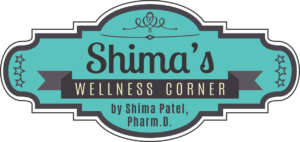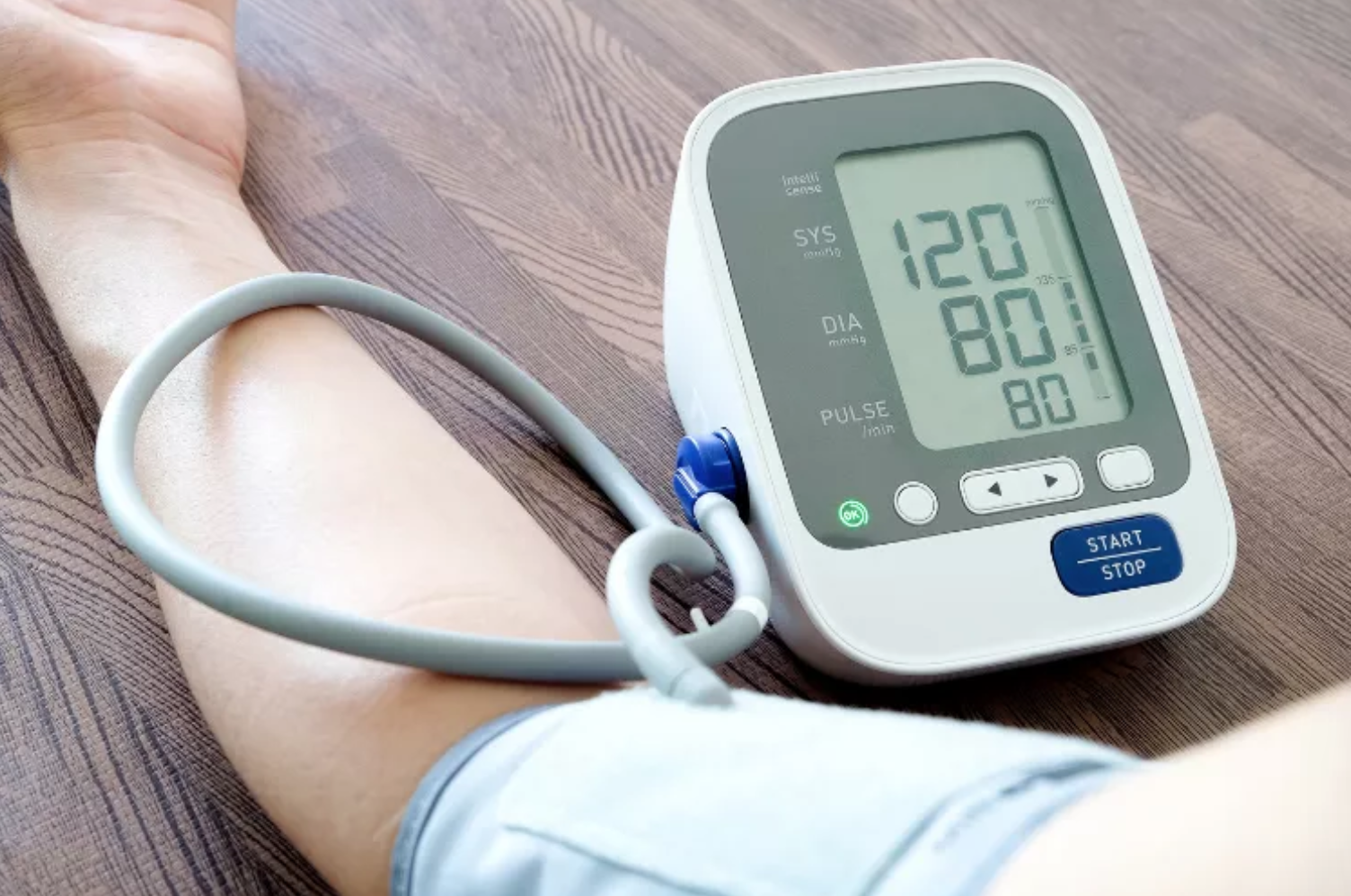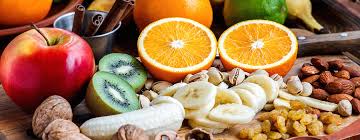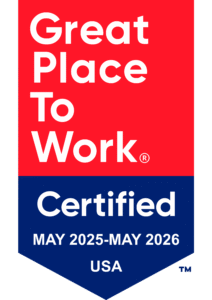
With the holidays, many people experience an increase in their blood pressure while dealing with an overloaded schedule and rushing around. Aside from the recommended ways to decrease blood pressure, such as exercising regularly, weight loss, quitting smoking, decreasing stress, cutting back on processed foods, salt, caffeine and alcohol, the foods you eat throughout the day and during meals can play an important role in helping to keep your blood pressure in check. 
Foods that can help with lowering blood pressure
Broccoli, bananas, white beans, tilapia, kiwifruit, peaches, apricots, oranges, nectarines, red bell pepper, sweet potato, quinoa, avocado, and leafy greens are high in potassium. The potassium helps lower blood pressure by helping the kidneys remove more sodium. Some examples of leafy greens are spinach, romaine lettuce, beet greens, collard greens, kale, arugula, turnip greens, and swiss chard. Use these foods in salads, smoothies, soups, or side dishes.
Dark chocolate and berries have flavonoids. Flavonoids have been shown to lower risk of cardiovascular disease, particularly hypertension. Try adding blueberries, strawberries, or raspberries to cereal, yogurt, granola, or make a healthy dessert with them.
Yogurt is a good source of calcium, magnesium, and potassium. Use yogurt to make desserts with fresh berries and dark chocolate, salad dressings, or use in sauces.
Oatmeal is high in fiber which helps lower blood pressure. Use to make a hot breakfast or overnight oats with berries and nuts.
Red beets are high in nitric oxide, which helps open the blood vessels. This in turn lowers the blood pressure. Roast them and add them to stew, stir-fries, salads, smoothies, or make baked chips. Garlic can also increase the amount of nitric oxide in the body, use garlic to make salad dressings or to season food.
Olive oil contains polyphenols that help fight inflammation helping reduce blood pressure. Use as a salad dressing, dipping oils for bread, or an alternative for canola oil.
Salmon or fish high in Omega-3 and flaxseed can help lower blood pressure, inflammation, and triglycerides.
Unsalted pistachios decrease blood vessel tightening and heart rate causing a decrease in blood pressure. Eat them by themselves for a snack, add them to salads, or make pesto sauces.
Pomegranates have been shown to lower blood pressure. Sprinkle on salads or try pomegranate juice and add it to smoothies.
Sources: Healthline.com, Prevention.com, WebMD.com, and Mayo Clinic.com

About Shima: Shima graduated from the University of Arkansas with a BS in Microbiology in 1997 and worked at the University of Arkansas for Medical Sciences with the Infectious Disease Department on clinical trials for over 4 years. She then pursued a career change and graduated with her Doctorate degree from St. Louis College of Pharmacy in 2007. During her years enrolled in pharmacy school she worked part-time at St. Louis University, where she helped design a laboratory protocol for the BCG Vaccine Study, which received full funding in 2011.
Shima joined Sinks and Medley Pharmacy in September of 2014 as a pharmacist. She continually strives to focus on improving outcomes and raising the quality of life for patients with all types of medical ailments and conditions.

 Pharmacists are easy to reach and ready to help without an appointment and their advice is free. According to NACDS (National Association of Chain Drug Stores), research showed roughly 9 out of 10 Americans live within 5 miles of a community pharmacy and in metropolitan areas the average distance is 1.83 miles. By being accessible, pharmacists are able to build relationships with patients.
Pharmacists are easy to reach and ready to help without an appointment and their advice is free. According to NACDS (National Association of Chain Drug Stores), research showed roughly 9 out of 10 Americans live within 5 miles of a community pharmacy and in metropolitan areas the average distance is 1.83 miles. By being accessible, pharmacists are able to build relationships with patients. 2. Try to stay physically active and strong. Physical activity and strengthening exercises can help keep off excess weight gain and prevent physical injury. Maintaining a healthy weight can decrease risk for serious conditions like heart disease, stroke, diabetes, and cancer.
2. Try to stay physically active and strong. Physical activity and strengthening exercises can help keep off excess weight gain and prevent physical injury. Maintaining a healthy weight can decrease risk for serious conditions like heart disease, stroke, diabetes, and cancer. Asymmetry – the shape of one-half doesn’t match the other side
Asymmetry – the shape of one-half doesn’t match the other side